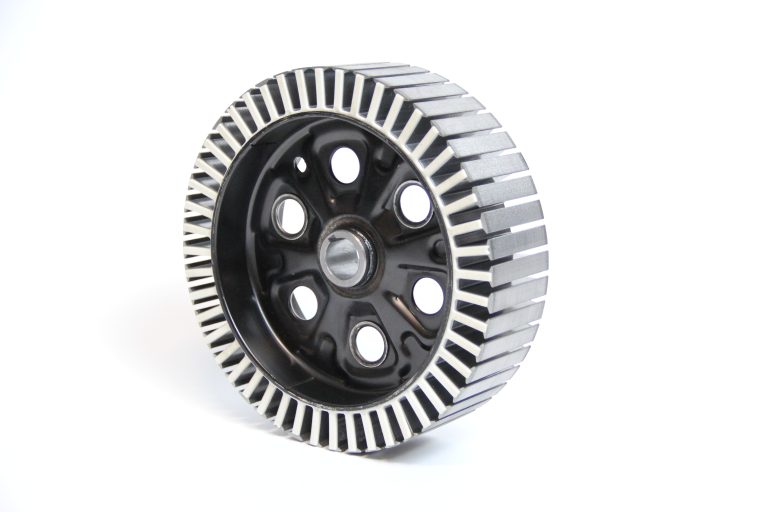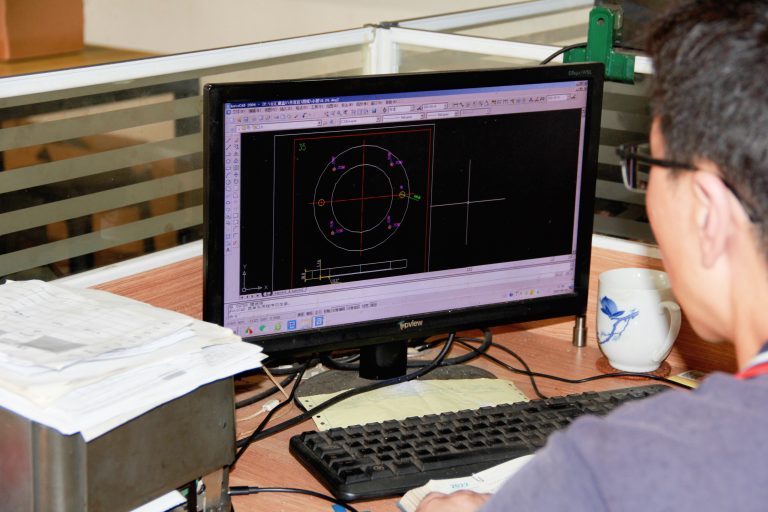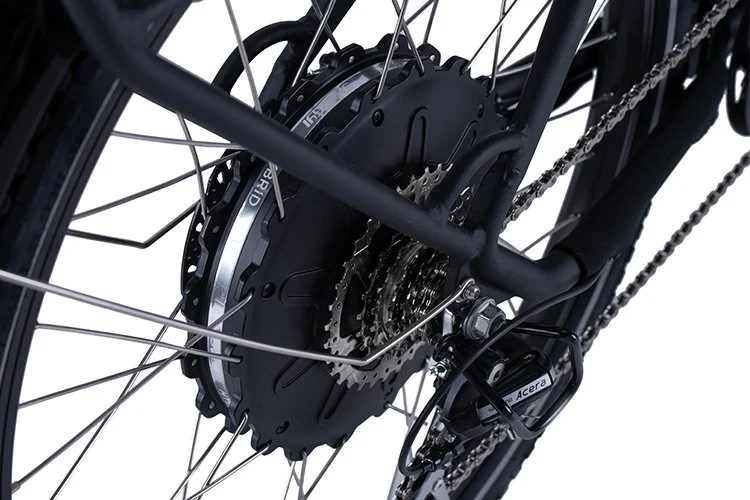Table of Contents
Introduction
In the dynamic realm of engineering, the significance of rotor materials cannot be overstated. As the beating heart of many mechanical systems, the choice of rotor materials plays a pivotal role in determining performance, durability, and efficiency. This article delves into the intricacies of high-quality rotor materials, exploring their types, properties, applications, and the latest technological innovations.
Types of Rotor Materials
Steel Alloys
Steel alloys have been a traditional choice for rotor materials, known for their robustness and reliability. We explore the specific alloys and their applications within this category.
Titanium Alloys
Titanium alloys, prized for their lightweight yet durable nature, have gained prominence in modern engineering. Understanding their advantages is crucial for informed material selection.
Composite Materials
The emergence of composite materials opens new possibilities in rotor design. We unravel the layers of innovation within this category and their impact on performance.
Properties of High-Quality Rotor Materials
Strength
Examining the strength characteristics of rotor materials and how they contribute to the overall structural integrity of mechanical systems.
Heat Resistance
Heat resistance is a critical factor, especially in high-speed applications. We dissect the role of rotor materials in withstanding extreme temperatures.
Weight
The balance between strength and weight is delicate. Unpacking the importance of lightweight materials without compromising structural integrity.
Applications of High-Quality Rotor Materials
Aerospace Industry
Delving into how high-quality rotor materials are essential for aircraft, spacecraft, and propulsion systems in the aerospace sector.
Automotive Industry
In the fast-paced automotive industry, rotor materials contribute to vehicle safety, performance, and fuel efficiency. We explore the diverse applications.
Power Generation
Uncovering the role of rotor materials in power generation, from wind turbines to traditional generators, and their impact on energy efficiency.
Manufacturing Processes
Forging
The art of forging rotor materials and its influence on material strength and structure.
Casting
Examining the casting process and how it contributes to the intricate shapes and designs of rotor components.
Machining
Precision machining is vital for rotor materials. We explore the machining techniques employed to achieve optimal performance.
Challenges in Rotor Material Selection
Cost
Cost considerations are paramount in material selection. Balancing quality and affordability is a constant challenge for engineers and manufacturers.
Durability
Ensuring the durability of rotor materials under various operating conditions is a complex task. We discuss the factors influencing material longevity.
Environmental Impact
In an era of heightened environmental consciousness, understanding the ecological footprint of rotor materials is imperative. We explore sustainable choices.
Innovations in Rotor Material Technology
Nanocomposites
The microscopic world of nanocomposites opens up exciting possibilities. We explore how these materials are shaping the future of rotor technology.
3D Printing
The revolutionary technology of 3D printing is making waves in rotor material manufacturing. We uncover the advantages and challenges in this innovative approach.
Testing and Quality Assurance
Non-Destructive Testing
The importance of non-destructive testing methods in ensuring the integrity and reliability of rotor materials.
Performance Testing
Evaluating the performance of rotor materials under real-world conditions. We discuss testing methodologies and their implications.
Future Trends in Rotor Material Development
Sustainable Materials
The shift towards sustainable rotor materials is gaining momentum. We explore the latest developments and their impact on the industry.
Advanced Alloys
The continuous quest for superior performance leads to the development of advanced alloys. We delve into the characteristics of these cutting-edge materials.
Case Studies
Successful Applications
Real-world examples of successful applications highlight the impact of choosing the right rotor materials.
Failures and Lessons Learned
Examining instances of failures provides valuable lessons for engineers and manufacturers. We analyze the root causes and preventive measures.
Expert Opinions and Industry Insights
Interviews with Material Scientists
Insights from material scientists shed light on the considerations and challenges in developing high-quality rotor materials.
Engineers’ Perspectives
Practical perspectives from engineers who work with rotor materials offer valuable insights into the real-world applications and challenges.
Tips for Choosing the Right Rotor Material
Matching Material to Application
Understanding the specific requirements of the application and matching them to the characteristics of available rotor materials.
Consideration of Operating Conditions
Taking into account the environmental and operational conditions to ensure the chosen rotor material can withstand the challenges.
Environmental Impact of Rotor Materials
Recycling and Sustainability
Exploring the recycling possibilities of rotor materials and the overall sustainability of the materials used.
Carbon Footprint
Analyzing the carbon footprint of different rotor materials and their implications for the environment.
Conclusion
In conclusion, the world of high-quality rotor materials is vast and intricate, impacting industries from aerospace to power generation. The choices made in material selection reverberate through the performance and sustainability of mechanical systems. As technology advances, the landscape of rotor materials continues to evolve, presenting both challenges and opportunities for engineers and manufacturers.
FAQs
- Q: How do rotor materials contribute to fuel efficiency in the automotive industry?
- A: Rotor materials play a crucial role in reducing weight, enhancing performance, and ultimately contributing to fuel efficiency in vehicles.
- Q: Are composite materials a suitable choice for high-speed applications in the aerospace industry?
- A: Yes, composite materials offer a unique combination of strength and lightweight properties, making them ideal for aerospace applications.
- Q: What is the significance of 3D printing in the manufacturing of rotor materials?
- A: 3D printing allows for intricate designs and efficient manufacturing processes, leading to advancements in rotor material technology.
- Q: How can engineers balance the cost and quality of rotor materials in their decision-making process?



